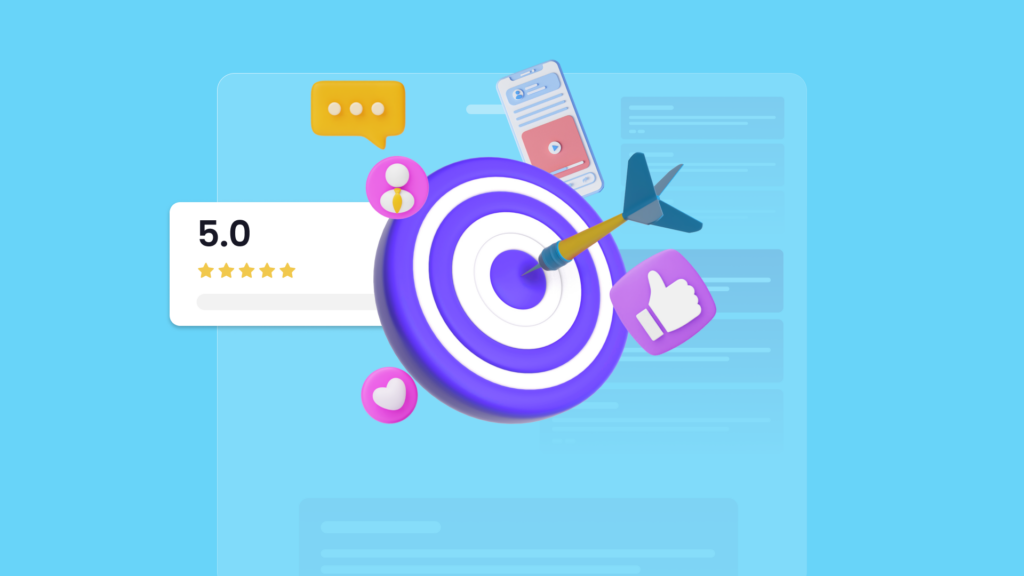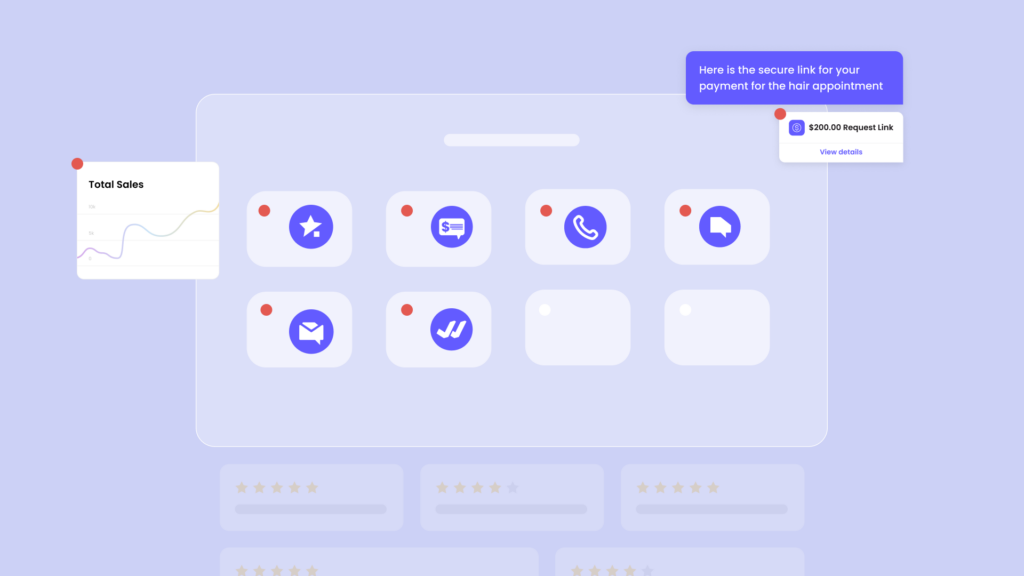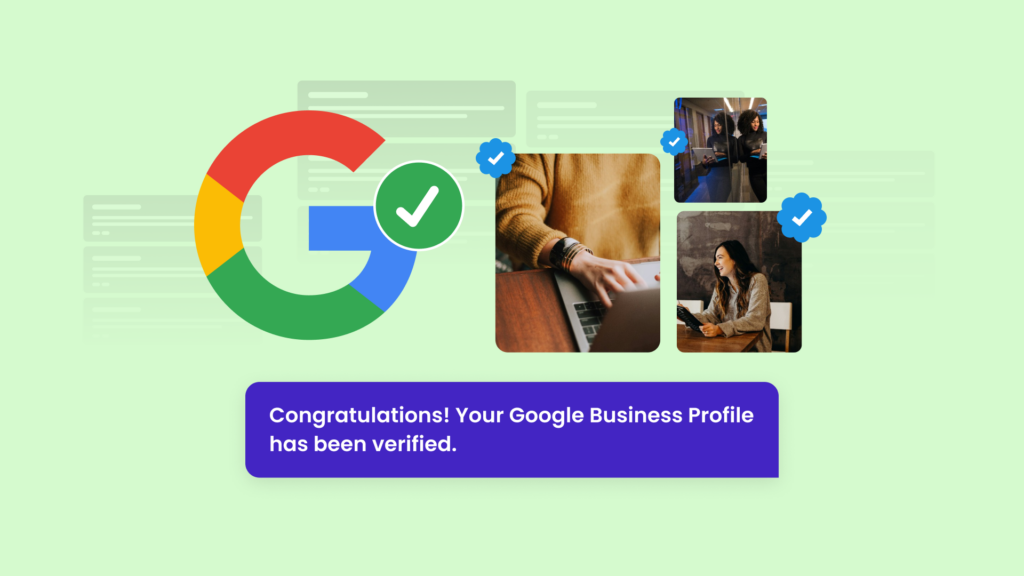Your website is the cornerstone of your online presence, but how well does it drive conversions? Is your website primed to deliver results? Are you riding high on the sea of competition or fading into online obscurity?
To truly succeed online, your website needs to be optimised for conversions which can include making a purchase, filling out a form, or subscribing to a newsletter because, without them, your website is merely a digital brochure with no real value. Website optimisation involves various strategies and techniques to improve the user experience, increase engagement, and ultimately drive more conversions.
In this article, we’ll explore how you can optimise your website to improve conversions, from understanding your target audience to implementing webchat and testing and measuring results to identify areas for improvement, so you can create a website that not only looks great but also drives conversions and helps your business grow.
Understand your audience
Who are your customers? What are their demographics, interests, and pain points? What are they looking for when they visit your website? Before you can optimise your website, it’s crucial to take the time to understand your audience so you can create a website that resonates with your target customers and ultimately drives more conversions.
Tips for understanding your audience
- Use analytics tools to gather data: Analytics tools like Google Analytics and Facebook Insights can provide valuable information about your audience, such as demographic data, interests, and behaviours, which you can use to identify trends and patterns in your audience’s behaviour and preferences.
- Conduct surveys and polls: Creating surveys using tools like SurveyMonkey or Google Forms that can be shared with your audience via email, social media, or your website are a great way to gather direct feedback from your audience.
- Monitor social media conversations: Use social listening tools like Hootsuite or Mention to monitor conversations and keep informed about your audience’s preferences and pain points around your brand and industry on social media.
- Analyse customer support interactions: Customer support interactions provide valuable insights into your audience’s needs and preferences. By analysing customer support tickets and chat logs, you can identify common questions and issues and then use the information to improve your chat strategy.
Optimising web design
While a visually appealing website is important, optimising your website design that engages users and drives conversions goes beyond aesthetics.
- Design for user experience: You should create a website that is easy to navigate, visually appealing, and user-friendly, and this includes optimising your website’s layout, colour scheme, typography, and images to create a cohesive and visually pleasing user experience. Additionally, because more users are accessing websites on their mobile devices, you should ensure that your website is responsive and mobile-friendly.
- Craft clear and concise messaging: Creating headlines, taglines, and descriptions that clearly communicate what your business does and how it can benefit your customers is essential in guiding users through your website. Try and avoid using jargon or overly complicated language, as this can confuse users and lead to higher bounce rates.
- Implement effective Call-to-Actions (CTAs): CTAs are essential in driving conversions on your website, and you should strategically place CTAs throughout your website, such as in the header, footer, or on product pages. Use action-oriented language that clearly communicates what action you want users to take, such as “Buy Now” or “Sign Up Today”. Additionally, using contrasting colours and bold text can help draw attention to your CTAs and increase click-through rates.
Improve website speed and performance
Your website’s speed and performance are key factors in user experience. A slow website can lead to high bounce rates and lower user engagement, as users are less likely to wait for slow pages to load. Additionally, search engines such as Google take website speed into account when ranking websites, meaning a slow website can hurt your SEO efforts. By prioritising website speed and performance, you can create a website that provides a fast and seamless user experience that results in higher engagement and more conversions. So take the time to optimise your website speed using these techniques and regularly test your website speed to ensure optimal performance.
- Techniques to improve website speed: There are various techniques you can use to improve your website speed, including:
- Optimising images by compressing images to reduce file size without sacrificing image quality.
- Reducing file sizes by minimising the size of HTML, CSS, and JavaScript files to reduce page load time.
- Minimising HTTP requests by reducing the number of requests made to the server when loading a page.
- Utilising caching by storing commonly used files in the user’s browser cache to reduce load times.
- Testing website speed: Various tools can test your website’s speed, such as Google’s PageSpeed Insights and GTmetrix, and they provide insights into website speed, identify areas for improvement, and offer recommendations for improving performance. It’s important to regularly test your website speed and make adjustments as needed to ensure optimal performance.
Utilising social proof
When people see others using or endorsing a product or service, they are more likely to trust and use it themselves. Displaying social proof, such as case studies, reviews, etc., on your website can increase user confidence in your business and lead to higher conversion rates.
- Different types of social proof you can use:
-
- Collect reviews from satisfied customers and display them on your website. With Magic Reviews you can send automatic review invites across popular review platforms like Google, Facebook, Yelp, Trustpilot, and more and manage them in one convenient and dynamic dashboard that gives you a clear and concise overview of your reviews, chronological display and filtering options by rating, date, and review.
- Case studies showcase specific examples of how your product or service has helped customers achieve their goals.
- User-generated content involves showcasing content created by your customers, such as reviews or photos.
- Display the number of likes or followers you have on social media platforms.
- Expert endorsements involve showcasing endorsements from industry experts or influencers.
- How to incorporate social proof on your website: You should strategically place social proof in key locations on your website, such as displaying reviews on product pages or user-generated content in a gallery. Additionally, it’s important to make social proof easily shareable to allow users to share their positive experiences with others. Professional membership and accreditation logos are another type of social proof that can help increase user trust and confidence in your business.
Implementing webchat
Implementing the right webchat software and following best practices can help you increase user engagement and drive conversions. You should also track and analyse webchat data, including user satisfaction rates and chat duration, to identify areas for improvement and help optimise your webchat strategy.
- Benefits: Webchat provides a personalised and immediate customer service experience in real time that can help increase user engagement and improve conversion rates. It also allows for quick and easy problem resolution, reducing the likelihood of user frustration or abandonment. Additionally, webchat can provide valuable insights into user behaviour and preferences, allowing you to improve your products and services.
- Choosing the right webchat software: Choosing the right chat platform is key when it comes to chat optimisation, and the right platform will depend on your unique business needs, audience preferences, and the resources you have available to manage and monitor chats. You should also choose a platform that can easily integrate into your existing systems and tools, such as your CRM or helpdesk software. Magic Webchat provides a seamless and efficient way to connect in real-time with website visitors, be instantly notified of new leads and route them to the best-suited team for exceptional customer experiences, and makes it easier than ever to chat to them directly through SMS so you can stay connected even when they leave your website.
- Best practices for using webchat: You can ensure a positive user experience by following these best practices:
- Provide clear and concise messaging
- Ensure quick response times
- Train customer service representatives to handle different situations
It’s also important to integrate webchat with other customer service channels, such as email or phone support, to provide a seamless and consistent customer service experience.
Testing and measuring
Testing and measuring tools and techniques help you identify areas for improvement so you can make data-driven decisions to optimise your website for conversions that can lead to increased revenue and profitability.
-
- The importance of testing and measuring: Tracking user behaviour and preferences gives you the data insights you need to make informed decisions on website design, messaging, and user experience improvements. Testing and measuring also help you identify and fix any issues that may be hindering conversions.
- Types of testing:
-
- A/B testing is the most commonly used test and involves comparing two webpage versions to discover the better-performing page.
- Multivariate testing allows you to test multiple variables on a single page to find the best combination.
- User testing involves gathering feedback to understand user preferences and identify areas for improvement.
- Tools for testing and measuring: There are many tools available to test and measure website performance.
- Google Analytics is a popular tool that tracks website traffic, user behaviour, and conversion rates.
- Heatmap tools, such as Crazy Egg or Hotjar, track user behaviour on a webpage to identify high and low engagement areas.
- User testing platforms, such as UserTesting or TryMyUI, provide valuable feedback from real users to identify areas for improvement.
Key takeaway
The online landscape is constantly evolving, and you must adapt and optimise your website to remain competitive and drive conversions.
- Understand your audience to create a positive user experience.
- Optimise website design with clear messaging and actionable CTAs.
- Improve website speed and performance to reduce bounce rate and prevent user frustration and abandonment.
- Use social proof to build trust and confidence.
- Implement webchat to provide customers with real-time support.
- Test and analyse website performance to identify areas for improvement and make the necessary changes.
Remember, website optimisation is a continuous process that requires a data-driven approach and a commitment to ongoing improvement. By implementing the strategies discussed in this article and consistently testing and measuring website performance, you can optimise your website for conversions and drive revenue and profitability in the competitive online marketplace.
About Magic
Magic helps local businesses grow. Thousands of local businesses use Magic to get more online reviews, win new customers, easily manage customer conversations and grow sales. Magic offers these features:
- Reviews: Get more reviews with easy review requests for popular review sites like Google, Facebook, Yelp, TrustPilot, and more. Rank high on local search and enhance your visibility on Google.
- Inbox: Keep track of customer conversations across channels in one inbox, including SMS, Facebook, Instagram, and Gmail. Manage conversations better as a team and do more with industry specific templates.
- Text Marketing: Drive more sales with instant text campaigns and reach your customers at the right moment with automation. Use prebuilt templates to send out text campaigns in minutes.
- Webchat: Turn website visitors into customers with SMS powered Webchat. Chat to website visitors directly through SMS so you won’t miss a lead, even when they leave your website.
Looking to grow your local business? Book in a demo call now. Follow us on Instagram and Facebook



